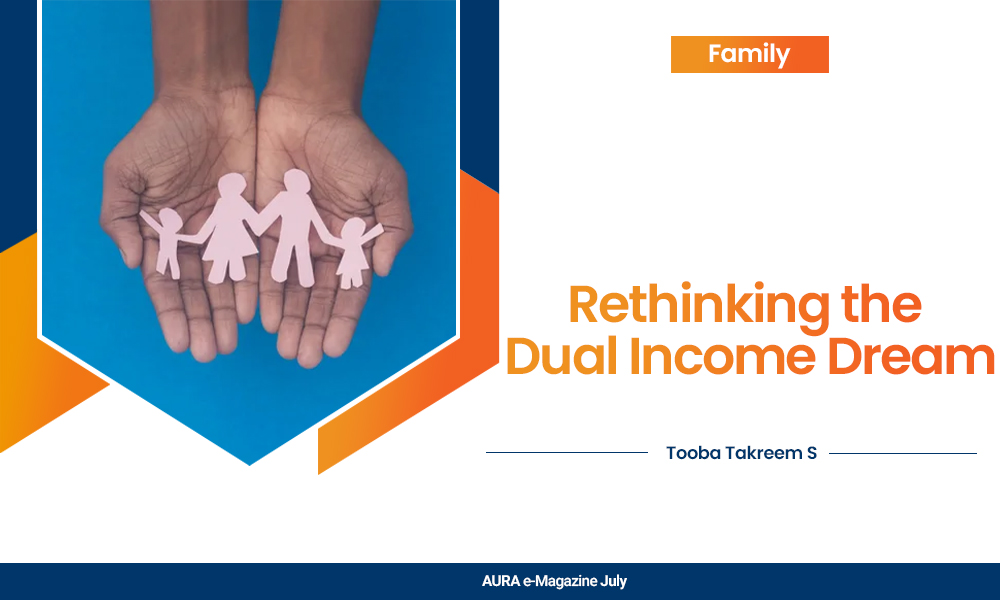
Is today’s generation moving toward or away from the traditional family setup? To what extent do perceived gender roles influence these decisions? In a world given to materialism, every individual wants to be able to afford a dream life that will allow them to splurge on the best products and services available. This desire calls for a massive income, which is only possible with more than one earning member per family. It has led to more and more women giving up their traditional roles and searching for jobs. It appears that the feminist movements and the post-World War scenario, which left many women single and childless, have contributed to the breakthrough for women in the ‘real world’. This societal shift has significant implications for the traditional family structure and gender roles, a topic of great interest in sociology and family dynamics.
Most women in the postmodern world feel underappreciated for performing the jobs they are assigned by established gender roles. They remain dissatisfied and seek fulfilment in an area that brings a man glory. This practice, however, is not guilt-free. As reported by many working women, a major downside is the risk of neglecting family. Juggling work and family gives little satisfaction in either role. There also appears to be an economic downside to it. These personal experiences of women in dual-income households shed light on the complex dynamics of gender roles and family life, a key area of study in gender studies.
The book, ‘The Two-Income Trap’ by Elizabeth Warren, a US Senator, explains how even though having two incomes might seem like a solution to financial stability, it can actually increase financial vulnerability due to additional costs. With an additional earner in the family comes the need for increased expenses for childcare, commuting, and work-related costs like professional attire. These extra costs can gobble up the second income, making it less impactful in improving the family’s financial situation. Also, relying on two incomes can make a family more vulnerable to economic downturns or unexpected expenses. If one parent loses their job or falls ill, the family’s finances can significantly strain them because they’ve become dependent on both incomes to cover their expenses. This economic aspect of the dual income trend is a key area of study in sociology and economics.
A part of the society that has become used to females forming an equally active part of the workforce views the role of a housewife as a sacrifice of income on her part. It downgrades such women for not contributing to society. The idea of depending on the male breadwinner makes some women feel handicapped and prone to risk. On a brighter note, many women, especially in the West, have come to realise the importance of a nurturing female figure at home who prepares meals, takes care of the needs of the children, and makes a ‘home’ out of a ‘house’. The term SAHM, short for Stay-At-Home-Mom, is now commonly used for the traditional role of housewives. A recent trend aligning with the consumption-driven workaholic culture is D-I-N-K (Dual Income No Kids). Popular among Millennials, it refers to a household comprising only a couple, both of whom have jobs and do not plan on starting a family. Some of the acclaimed benefits of this setup are: there is more disposable income without the added expenses that come with children; it is less expensive than a single person’s expenditure on housing; it allows individuals the time to travel, pursue their goals without hindrances, and relocate anywhere they would like. This sweet-sounding arrangement has been recognised as a ‘demographic crisis’, for it will shrink the labour force and put pressure on healthcare costs in the long run. Many have disapproved of it, as it will leave a generation of old, sad people with no family. This culture is more popular in Western countries, but India is not far behind.
This does not mean women should not work because they are ‘natural’ caregivers. Consumerism is not a product of women’s liberation only; it has affected both men and women and, indeed the entire family structure. In today’s economy, spending more time at home may be a choice for only some people. However, it does not mean excessive focus on a consumerist lifestyle is positive. Both men and women in the family need to balance their work-life dynamic to spend time with each other, their children and their parents and not just chase greater financial targets. Prioritising peace and stability in life is the way to go.


0 Comments